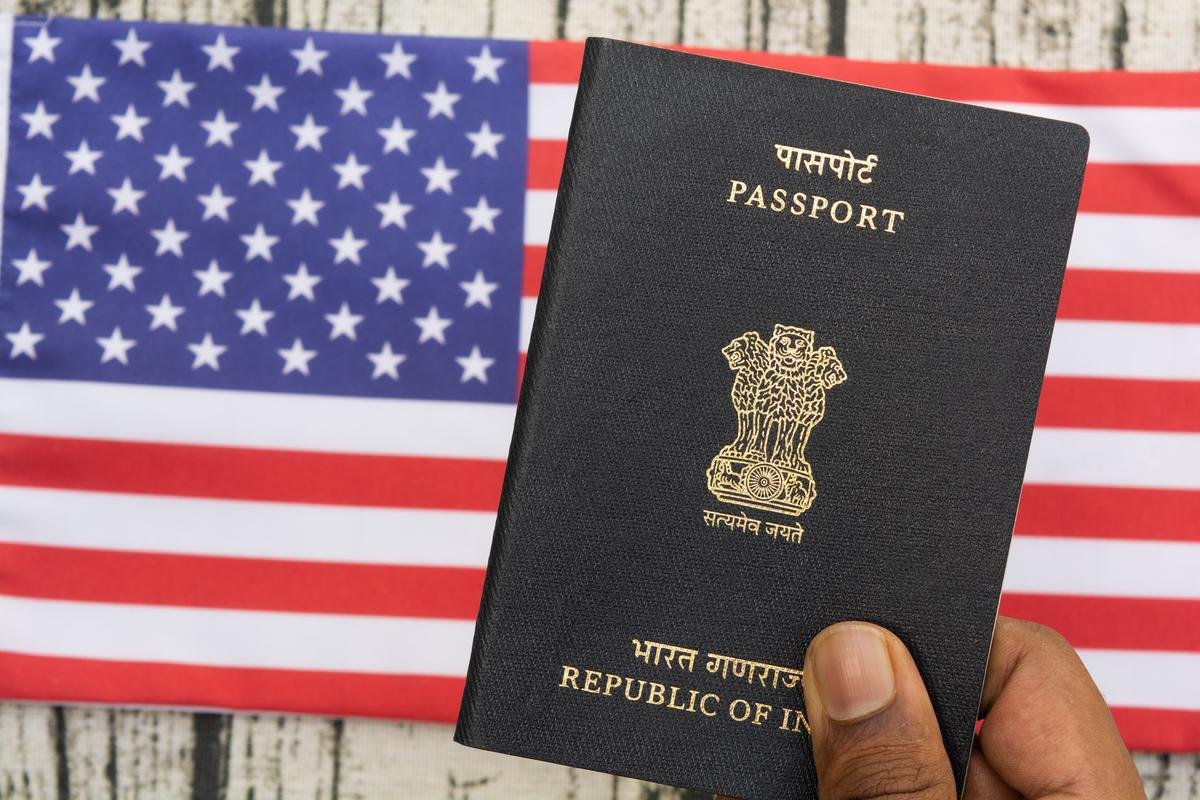In a landmark decision on Tuesday, the U.S. Supreme Court declined to hear a petition challenging a federal rule that allows spouses of H-1B visa holders—known as H-4 dependents—to work in the United States. The move secures employment rights for thousands of Indian families, particularly women professionals who had faced years of career uncertainty.
What Is the H-4 EAD?
An H-4 visa is issued to the dependent spouse or children of an H-1B visa holder. Prior to 2015, H-4 visa holders were prohibited from working in the United States, leaving many highly qualified individuals—especially women—without opportunities to pursue careers or contribute financially to their families.
https://the420.in/certified-cyber-law-practitioner-india-fcrf-cclp-lawyer/
The H-4 Employment Authorization Document (EAD) program, introduced in 2015 under the Obama administration, changed that. It allowed eligible spouses of H-1B professionals awaiting permanent residency to seek employment. The policy was designed to provide stability to families caught in the green card backlog and to make the U.S. more attractive to global talent.
Who Challenged the Rule and Why?
The program faced opposition from Save Jobs USA, an organization representing American technology workers. The group argued that the rule unfairly displaced U.S. workers and violated federal immigration laws that restrict employment for dependent visa holders.
In its petition, the group contended that the Department of Homeland Security (DHS) had “reversed its earlier interpretation” by granting work authorization to certain H-4 dependents, despite no statutory directive to do so.
Save Jobs USA previously filed a similar lawsuit in 2015, which the D.C. Circuit Court dismissed in 2024. The Supreme Court’s refusal this week to revisit the case leaves that decision intact, effectively preserving the rule.
The Trump Administration’s Stance
During the Trump administration, the government sought to tighten access to foreign work visas—especially the H-1B category, which is heavily used by technology firms employing skilled professionals from India and China.
The administration proposed steep fees for companies hiring through the H-1B program and pushed to rescind the H-4 EAD rule altogether. Former President Donald Trump even suggested imposing a $100,000 fee per H-1B hire.
Although those proposals never took effect, the debate around the future of the H-4 EAD persisted. The DHS continues to review the broader visa framework, raising periodic concerns about possible restrictions.
What the Supreme Court’s Decision Means for Families
The Supreme Court’s action brings long-awaited certainty for thousands of H-4 visa holders—most of them Indian women—who can now continue working without fear of losing their legal employment status.
Work authorization has been life-changing for many, enabling them to join major corporations, start their own businesses, and contribute meaningfully to the U.S. economy.
According to FY2024 data, approximately 71% of all H-1B visa holders in the United States are Indian nationals, underscoring the ruling’s particular significance for the Indian diaspora.
Broader Implications
Beyond individual relief, the ruling reaffirms judicial support for administrative flexibility in immigration policy. Legal experts note that while the Supreme Court’s decision ensures the program’s legality, its long-term survival still depends on future policy directions.
As immigration attorney Steven A. Brown of Reddy Neumann Brown wrote in a blog post:
“The decade-long battle over the H-4 EAD shows how immigration policy directly shapes the lives of skilled workers and their families. The Supreme Court’s refusal to overturn the lower court’s ruling cements the program’s legality—but legality is not the same as permanence.”
Conclusion
The Supreme Court’s decision marks a historic moment for Indian professionals and their families in the U.S. It not only strengthens economic empowerment for immigrant spouses but also highlights the essential role skilled migrants play in the American workforce and economy.
As the Biden administration weighs further reforms to the employment-based visa system, the H-4 EAD ruling stands as a symbol of continuity—and a reminder that behind every visa number lies a family seeking stability, opportunity, and dignity.


